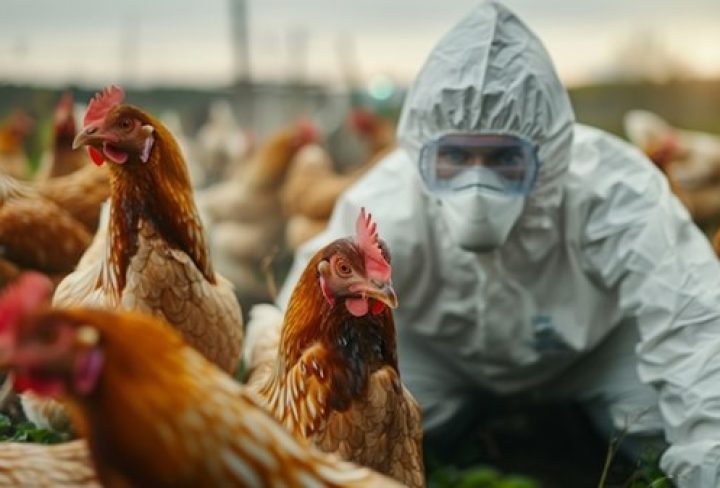Introduction
Avian influenza, commonly known as bird flu, is a viral infection that primarily affects birds but can also infect humans and other animals. This newsletter provides essential information on avian influenza for patients, parents, and healthcare professionals.
What is Avian Influenza?
Avian influenza is caused by influenza A viruses, which occur naturally among wild aquatic birds worldwide and can infect domestic poultry and other bird and animal species. These viruses are highly contagious among birds and can cause severe disease and death.
How Does Avian Influenza Spread to Humans?
Human infections with avian influenza viruses are rare but can occur through:
• Direct Contact: Handling infected poultry or coming into contact with surfaces contaminated with the virus.
• Contaminated Environments: Exposure to environments where infected birds have been, such as live bird markets.
• Inhalation: Breathing in droplets or dust contaminated with the virus.
Symptoms of Avian Influenza in Humans
Symptoms can range from mild to severe and may include:
• Mild Symptoms: Fever, cough, sore throat, muscle aches, and conjunctivitis (eye infection).
• Severe Symptoms: Pneumonia, acute respiratory distress syndrome (ARDS), multi-organ failure, and even death.
Diagnosis
Diagnosis of avian influenza is confirmed through laboratory tests, such as:
• RT-PCR: Reverse transcription-polymerase chain reaction to detect viral RNA.
• Viral Culture: Isolation of the virus from respiratory samples.
• Serology: Detection of antibodies to the virus.
Treatment
Antiviral medications, such as oseltamivir (Tamiflu) and zanamivir (Relenza), are effective in treating avian influenza if started early. Supportive care, including hospitalization and intensive care for severe cases, is also crucial.
Prevention
Preventive measures are essential to reduce the risk of avian influenza infection:
• Avoid Contact: Stay away from live bird markets and avoid handling sick or dead birds.
• Proper Hygiene: Wash hands thoroughly with soap and water after handling birds or visiting farms.
• Cooking Poultry: Ensure poultry and eggs are cooked thoroughly to kill any potential virus.
• Vaccination: Follow public health recommendations on influenza vaccinations, especially for high-risk groups.
Key Points for Patients and Parents
•Awareness: Understand the risks and symptoms of avian influenza.
•Seek Medical Attention: Consult a healthcare provider if you or your child develop flu-like symptoms after exposure to birds.
•Preventive Measures: Follow recommended preventive measures to reduce the risk of infection.
Key Points for Health Professionals
•Early Recognition: Be vigilant for symptoms of avian influenza, especially in patients with a history of exposure to birds.
•Prompt Diagnosis: Utilize appropriate diagnostic tests to confirm infection.
•Treatment Protocols: Initiate antiviral treatment promptly and provide supportive care as needed.
•Public Health Measures: Participate in public health efforts to control and prevent outbreaks.
Conclusion
Avian influenza is a significant health concern due to its potential to cause severe disease in humans. Awareness, early diagnosis, prompt treatment, and preventive measures are crucial to managing and preventing avian influenza infections. By staying informed and proactive, we can protect our communities from this serious infection.
For more detailed information, refer to reliable sources such as the World Health Organization (WHO) and the Centers for Disease Control and Prevention (CDC).
Stay healthy and informed.

